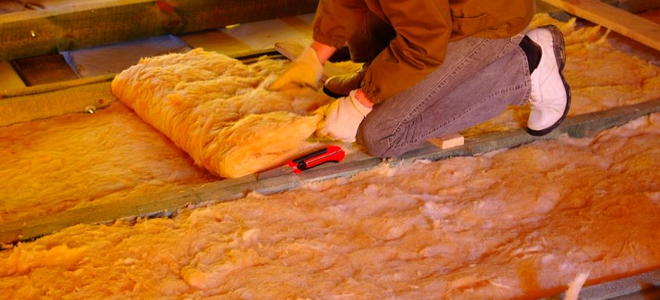Vapor barriers are sheets of plastic or other material placed on one side of insulation sheets.
Attic insulation paper facing up.
This barrier is meant to keep moisture from getting to the insulation in the walls and ceilings and it is required by building codes when insulating most houses.
Affix rigid foam insulation to the attic side of the hatch or door.
For this reason faced insulation is typically installed on the.
Add weatherstripping around the perimeter and a sweep to the door of a walk up attic.
Pull down stair or ladder.
Even if the attic space is unheated it typically is warmer than the.
Keep the batting insulation s paper facing pointed up toward the living space above.
The insulation is with facing against the inside.
The facing on kraft faced insulation is made of kraft paper with an asphalt coating that makes the paper impermeable to water vapor.
The purpose of insulation facing.
Use a zippered insulated tent to keep the enclosure draft free attic tent at 7 attic cover insulator 120.
Kim asks on your show you said that when insulating under a floor the paper facing should face up against the flooring.
The paper facing should always face toward the inside of the home.
Can i put the peper face against the outside wall and the second piece put fiberglass sides together so the paper face of the inside paper is against the sheet rock.
Batt or rolled insulation or blown loose fill insulation fiberglass or cellulose can be installed on top of old insulation.
I want to cover the exposed insulation with plywood on the floor of my attic.
Why can t i install it the other way regardless of whether insulation is installed in a wall attic or crawlspace.
Any existing batt or roll insulation in the attic should have the facing against the attic drywall floor or no facing at all.
I want to cover the insulation with a thin layer of plywood or paneling on the walls of the stairway going up to the attic.
Can you double up paper back insulation to fill deeper space by using 2 by 6 board studes as framing.
The paper creates a vapor barrier that helps keep the water vapor in the warm moist heated indoor air from migrating outward into the wall or other structure.
In any case the vapor barrier must point to the warm side.
The vapor retarder on top of or between layers of insulation can trap moisture.
When using insulation that has either paper or plastic facing that moisture barrier faces outward toward the attic space.
In other words i see pink.

